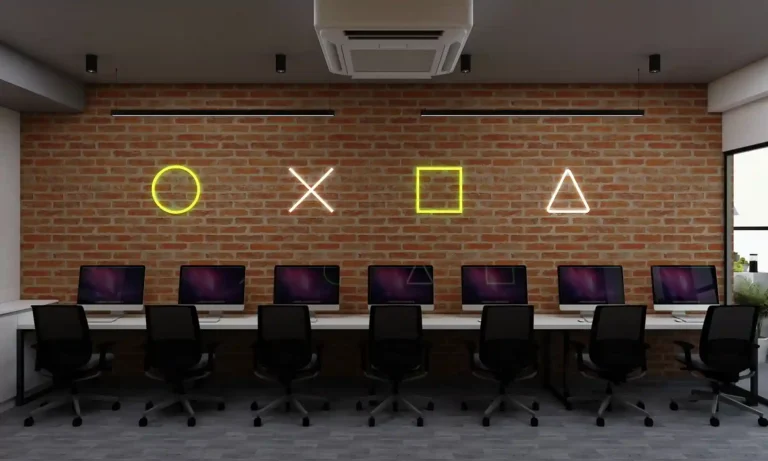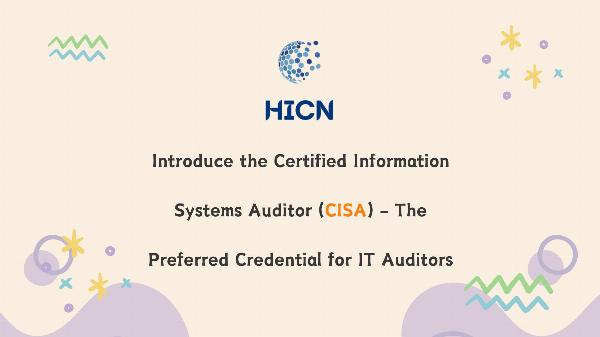The Future of Education Starts Here: Cutting-Edge Educational Institution Design

Strong 8k brings an ultra-HD IPTV experience to your living room and your pocket.
Introduction
Education is not just about textbooks, classrooms, or knowledge transfer—it's about fostering an environment that nurtures creativity, collaboration, and the personal growth of students. As education systems evolve to meet the needs of the modern world, the physical spaces where this learning takes place are also undergoing significant transformations. Today, educational institutions are being reimagined with cutting-edge designs that enhance not only the functionality of spaces but also the emotional and social well-being of students.
Educational institution design has become more important than ever before. Architects, interior designers, and planners are bringing new and innovative ideas to the forefront, integrating technology, sustainable practices, and psychology into the design process. Schools, colleges, and universities are now designed to not only facilitate effective learning but also prepare students to thrive in a rapidly changing world.
Educational Institution Design: Why It Matters
The design of educational institutions—whether a primary school or a university—can profoundly impact the learning experience. A thoughtfully designed space stimulates creativity, encourages collaborative learning, and supports emotional and intellectual well-being. Modern Educational institution design goes beyond traditional classrooms; it includes collaborative zones, outdoor learning spaces, and even dedicated areas for wellbeing.
Some key trends and ideas that have defined and will continue to define educational institutions in the coming years are:
1. Flexible Learning Spaces for a Modern Curriculum
Gone are the days of rigid classroom setups with rows of desks facing a chalkboard. Today’s learning spaces require adaptability. Schools, colleges, and universities are adopting open-plan layouts, movable walls, and multi-purpose rooms that cater to various teaching methods and learning styles.
Key Features of Flexible Learning Spaces:
Modular Furniture: Chairs, desks, and furniture pieces that can be reconfigured to suit group work or individual learning.
Technology Integration: Interactive smartboards, projectors, and collaboration tools integrated into the learning environment.
Collaborative Zones: Designated spaces for students to work together and engage in group projects.
Flexible spaces allow students and educators to mold their environment to the needs of the curriculum, be it a traditional lecture or a hands-on learning activity. These adaptable spaces promote critical thinking, problem-solving, and creativity, aligning with modern teaching and learning practices.
2. Sustainability and Green Design
Sustainable design practices are no longer optional; they are essential. The educational buildings of the future need to balance form and function with environmental responsibility. Sustainable practices not only create energy-efficient buildings but also foster an environmentally-conscious mindset in students. This can serve as a model of sustainability for future generations.
Sustainable Features in Educational Institutions:
Green Roofing: Green roofs that enhance insulation, manage stormwater, and create green spaces for students.
Natural Lighting: Maximizing the use of natural light through large windows, skylights, and open floor plans to reduce energy use.
Eco-Friendly Materials: Use of sustainable materials such as bamboo, recycled glass, and non-toxic paints.
Solar Energy: Harnessing solar energy through panel installations to reduce a building’s carbon footprint.
Educational institutions with an emphasis on sustainability not only benefit the environment but also create spaces that inspire students to consider sustainability as part of their broader educational journey.
3. Technological Integration and Smart Design
The future of education heavily relies on technological advancement, and interior design is embracing this shift. Educational spaces must now cater to the increasing use of technology in teaching, learning, and administration. Design elements that promote the integration of digital learning tools and devices will become increasingly important.
Technological Features:
Digital Classrooms: Integrated systems with projectors, interactive displays, smartboards, and cloud connectivity.
Collaborative Technologies: Video conferencing solutions, e-learning platforms, and shared document editing tools that encourage collaboration.
Innovation Labs: Special rooms dedicated to STEM (science, technology, engineering, mathematics) learning, robotics, and virtual reality, where students can engage with cutting-edge technology.
Incorporating advanced technologies into the very structure and design of an institution allows for more dynamic, interactive, and future-ready learning experiences for students.
4. Fostering Emotional and Social Development Through Design
Designing for emotional well-being is becoming a focal point of educational institution design. Mental health support and social interaction are crucial to helping students perform their best. Spaces that promote interaction, provide relaxation opportunities, and offer sensory experiences go a long way in developing socially responsible, emotionally intelligent, and resilient individuals.
Design Features Promoting Well-being:
Calming Color Schemes: Soothing colors like pastels and nature-inspired tones that create peaceful, non-stressful environments.
Natural Materials: Elements like wood, stone, and natural fibers that give spaces warmth and a sense of calm.
Social Spaces: Common rooms, courtyards, and lounges that provide students with areas to relax, interact, and bond socially.
Quiet Zones: Designated quiet spaces that promote focused study or contemplation away from the bustle of the institution.
These thoughtful spaces help create a more holistic education experience, taking into account both the intellectual and emotional development of students.
5. Outdoor and Indoor Learning Environments
Indoor learning spaces are no longer enough. Educational institutions are incorporating outdoor spaces that allow students to engage with the environment and experience learning beyond the four walls of a classroom. Nature can have a profound impact on creativity and focus, providing the ideal atmosphere for effective learning.
Outdoor Learning Design Elements:
Outdoor Classrooms: Designated areas in parks or gardens where students can have lessons, fostering a sense of connection to nature.
Gardens and Green Spaces: Spaces where students can unwind, reflect, or learn about nature, gardening, and the environment.
Amphitheaters: Outdoor amphitheaters for community gatherings, performances, or group activities.
Blending nature with educational spaces enhances cognitive performance and improves the overall learning experience.
6. Inclusive and Accessible Design
An essential part of educational institution design is ensuring accessibility for all students, including those with disabilities. Modern designs incorporate universal design principles that make learning spaces accessible to students regardless of their physical limitations.
Inclusive Design Elements:
Wheelchair-Accessible Pathways: Widened doorways, ramps, and lifts that ensure ease of movement for people with physical disabilities.
Sensory Rooms: Rooms designed to provide sensory experiences, especially beneficial for students with autism spectrum disorders.
Adaptive Technology: Incorporation of voice recognition tools, screen readers, and other technologies to assist students with disabilities in their learning journey.
Accessible spaces promote an inclusive learning environment that respects the needs of every student, allowing them to engage fully in educational activities.
7. The Role of Local Experts and Interior Designers
To successfully implement cutting-edge educational institution designs, collaboration with skilled professionals is essential. Interior designers in Bannerghatta and other regions work closely with architects and educators to create functional, aesthetically appealing, and sustainable learning spaces that meet the unique needs of each institution.
Local interior designers bring important cultural, environmental, and functional insight that can make all the difference in creating a harmonious educational space. With their expertise, schools, colleges, and universities can incorporate local materials and design elements that enhance the regional flavor while fostering a modern learning environment.
Key Benefits of Hiring Expert Interior Designers:
Customization: Designers understand the local educational landscape and can provide bespoke designs tailored to institutional needs.
Sustainability: They are skilled in incorporating sustainable and energy-efficient designs within budget and constraints.
Innovative Solutions: Experienced designers offer creative solutions that solve logistical challenges while enhancing the student experience.
Holistic Approach: They create cohesive spaces that blend functionality with aesthetic appeal and community engagement.
The involvement of professionals such as interior designers in Bannerghatta ensures that educational institutions stay on track with the latest trends and practices while delivering a future-proof educational experience.
Conclusion: Embracing the Future of Educational Design
As the landscape of education continues to evolve, so does the design of the institutions where this education takes place. Cutting-edge educational institution designs must prioritize flexibility, sustainability, technology integration, and student well-being while keeping in mind the ultimate goal: to equip future generations with the tools, resources, and support they need to thrive.
Partnering with skilled interior designers, whether in Bannerghatta or elsewhere, ensures that the design process aligns with the latest educational trends, resulting in spaces that enhance learning outcomes, stimulate innovation, and foster holistic student development.
By embracing the principles of modern educational institution design, we’re not just building buildings; we're creating environments that inspire, engage, and prepare our next generation for the challenges and opportunities of tomorrow.
Note: IndiBlogHub features both user-submitted and editorial content. We do not verify third-party contributions. Read our Disclaimer and Privacy Policyfor details.







